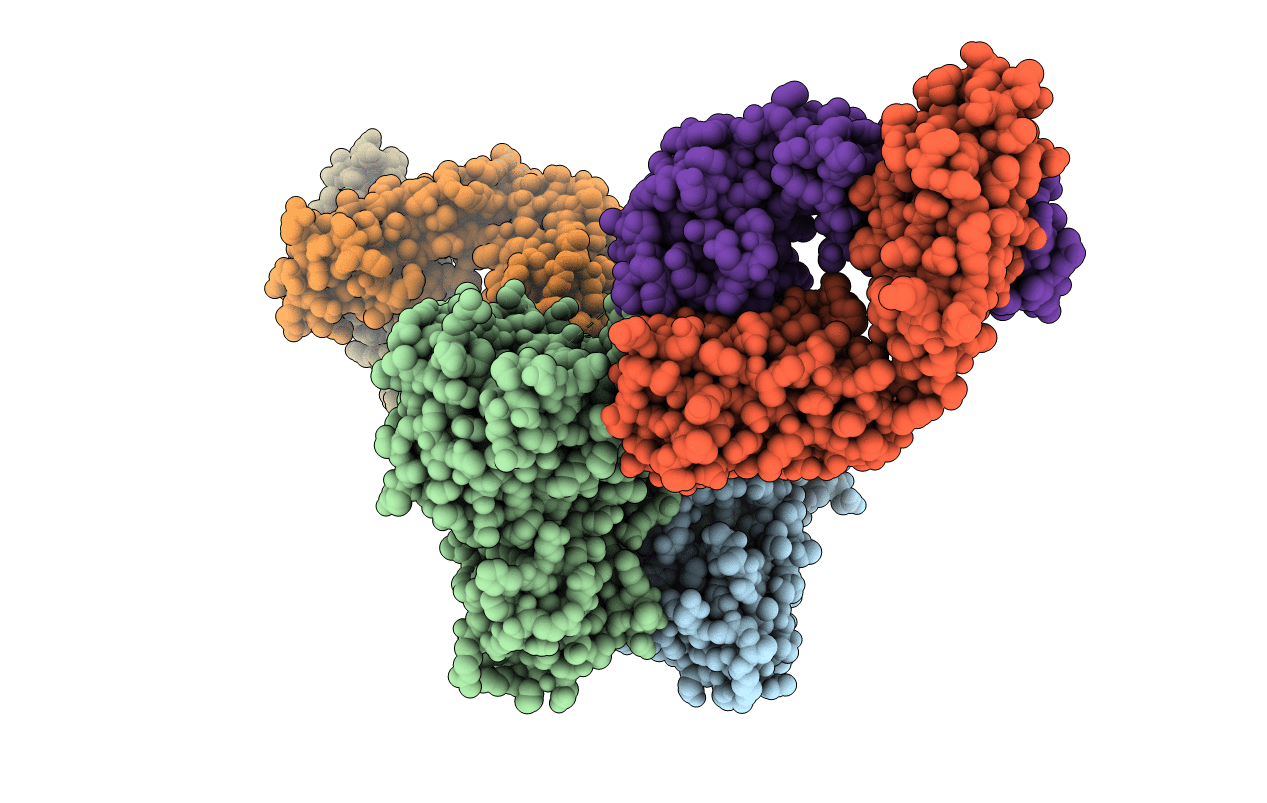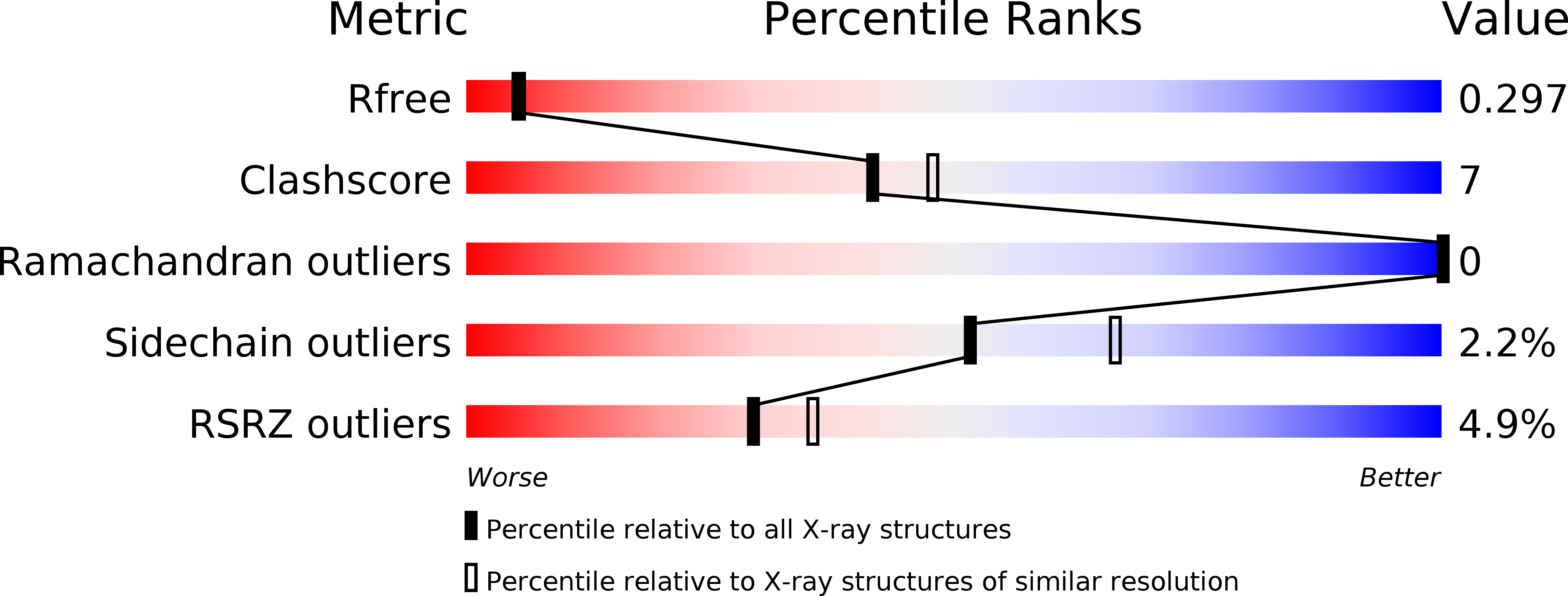
Deposition Date
2011-07-22
Release Date
2011-12-28
Last Version Date
2024-11-06
Entry Detail
PDB ID:
3T2N
Keywords:
Title:
Human hepsin protease in complex with the Fab fragment of an inhibitory antibody
Biological Source:
Source Organism:
Homo sapiens (Taxon ID: 9606)
Host Organism:
Method Details:
Experimental Method:
Resolution:
2.55 Å
R-Value Free:
0.27
R-Value Work:
0.24
R-Value Observed:
0.24
Space Group:
P 1


